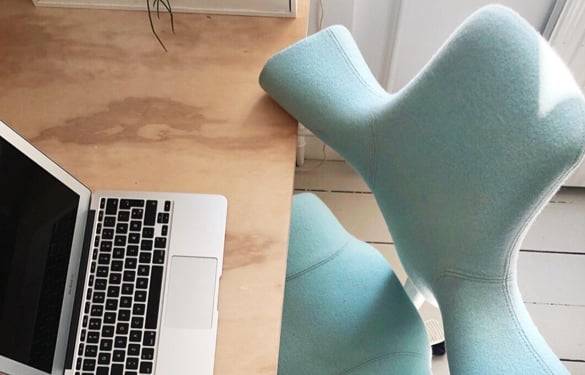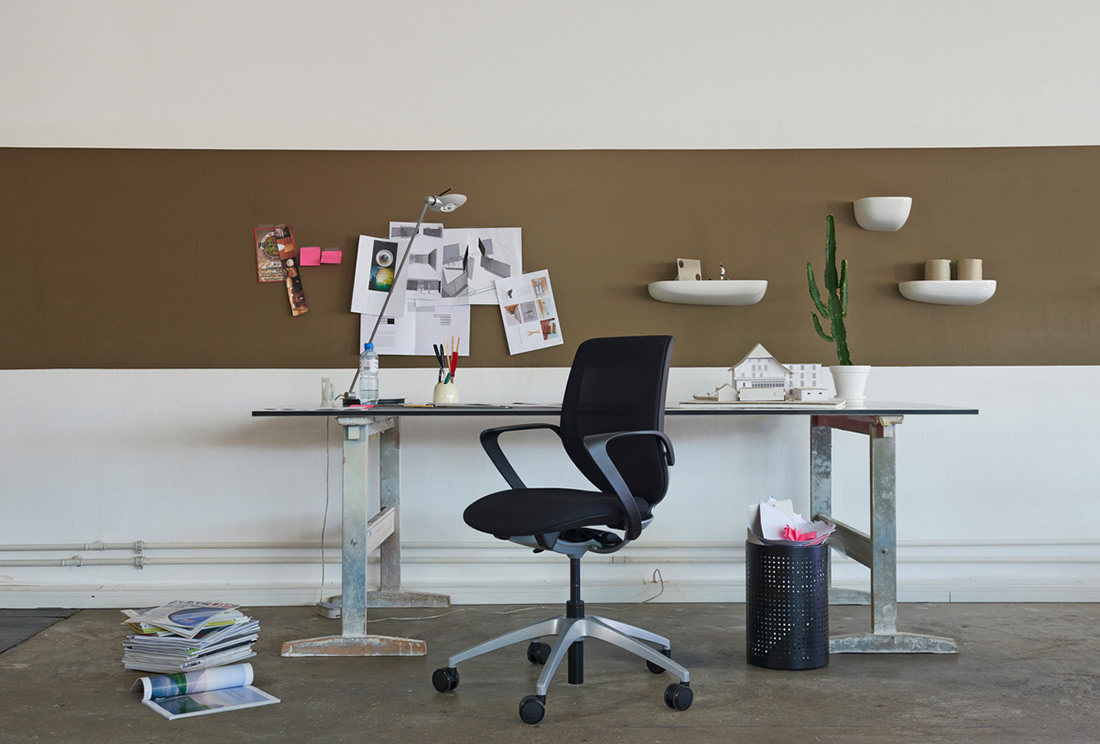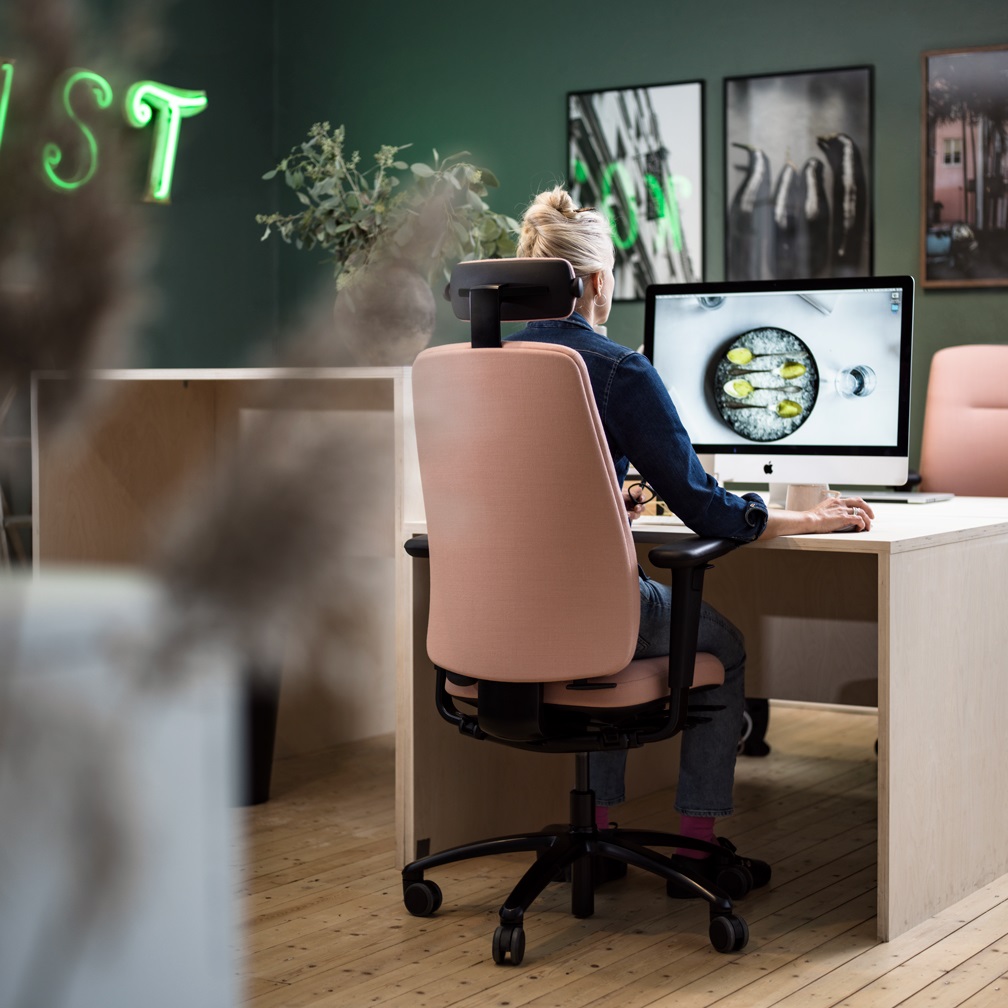So what can employers do to bridge the divide between expectations and reality when it comes to workplace wellbeing?
Karin Ståhl, CEO & Workplace Strategist, GoToWork: “Employers have to find ways of providing employees with furniture and equipment to enhance the performance of the home office workplace, but money is an issue…”
Kirsty: “At a very basic level supporting employees with a laptop kit is essential and that includes a laptop stand, separate keyboard and mouse. The ability to separate the screen from the keyboard is the first step in encouraging a more neutral posture and this is outlined as a minimum requirement according to the DSE regulations 1992. The chair must be stable and adjustable.”
Our respondents were keen to point out that it’s not just equipment that was needed, but professional advice on how best to set up a healthy workspace, something most offices provide internally, but home workers are often without.
Jane Ahlin, Ergonomist: “Hire competent people to give good advice. It is easy to have a digital webinar for groups either working from home or in the office so they get good advice.”
Tiril Bamberg, Physiotherapist, Avonova: “We have had digital workplace visits “at home” with people with discomfort, where they have shown their workplace in the home and we have been able to come up with action suggestions.”
Helen: “Manufacturers of office furniture can do their bit too by offering free consultations about what will work for people’s individual spaces. It is no good having a fancy sit-stand desk or ergonomic chair with all the bells and widgets if you do not know how to use it properly!”
Read - How to stay healthy when working from home
However, as with many things, it often comes down to money. The long-term financial benefits of a healthy workforce often outweigh the short-term costs of the correct setup, but it is not always possible. The answer for a lot of workplaces will be to settle somewhere in between.
Maja: “Companies can encourage employees to retrieve equipment (chair, computer) from the office.”
Kirsty: “There are various options to support employees with good seating; the first is obviously to provide them with proper ergonomic chairs, but other options include setting up a funding scheme such as a loan or provide information on how to make the best out of their current chair.”
It’s clear that employers have their work cut out if working from home is to continue. Defining a clear strategy will be crucial in maintaining a healthy workforce, and the various perks offered by companies in terms of setting up a home office will likely be a key factor individuals will consider when looking for a new role.




![RH_Mereo_RBM_Noor_game_1[ppt]](https://focus.flokk.com/hubfs/RH_Mereo_RBM_Noor_game_1%5Bppt%5D.jpg)
